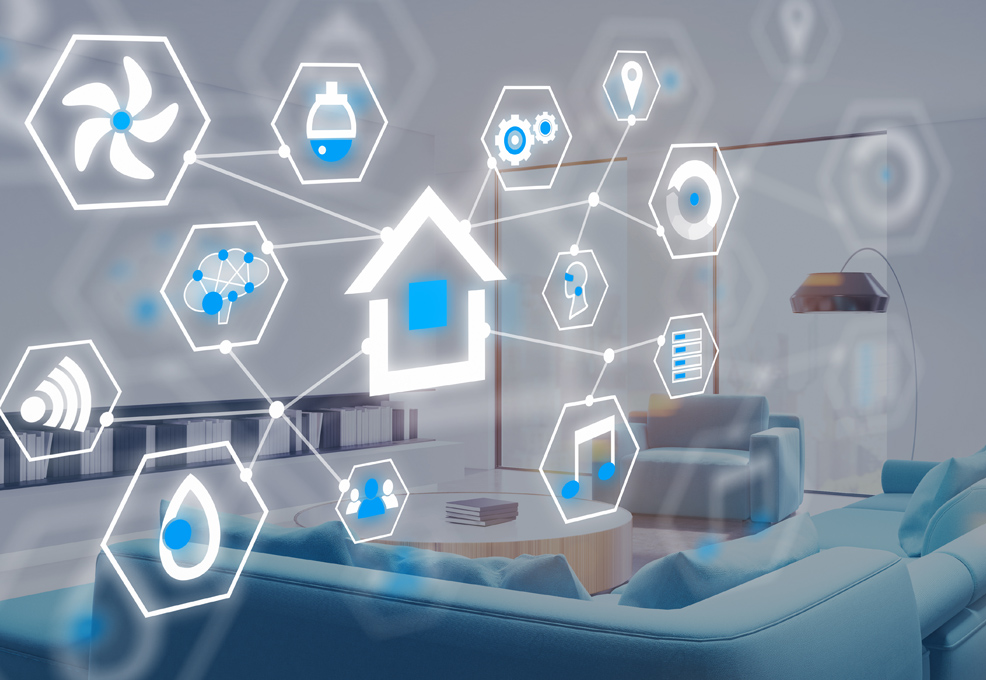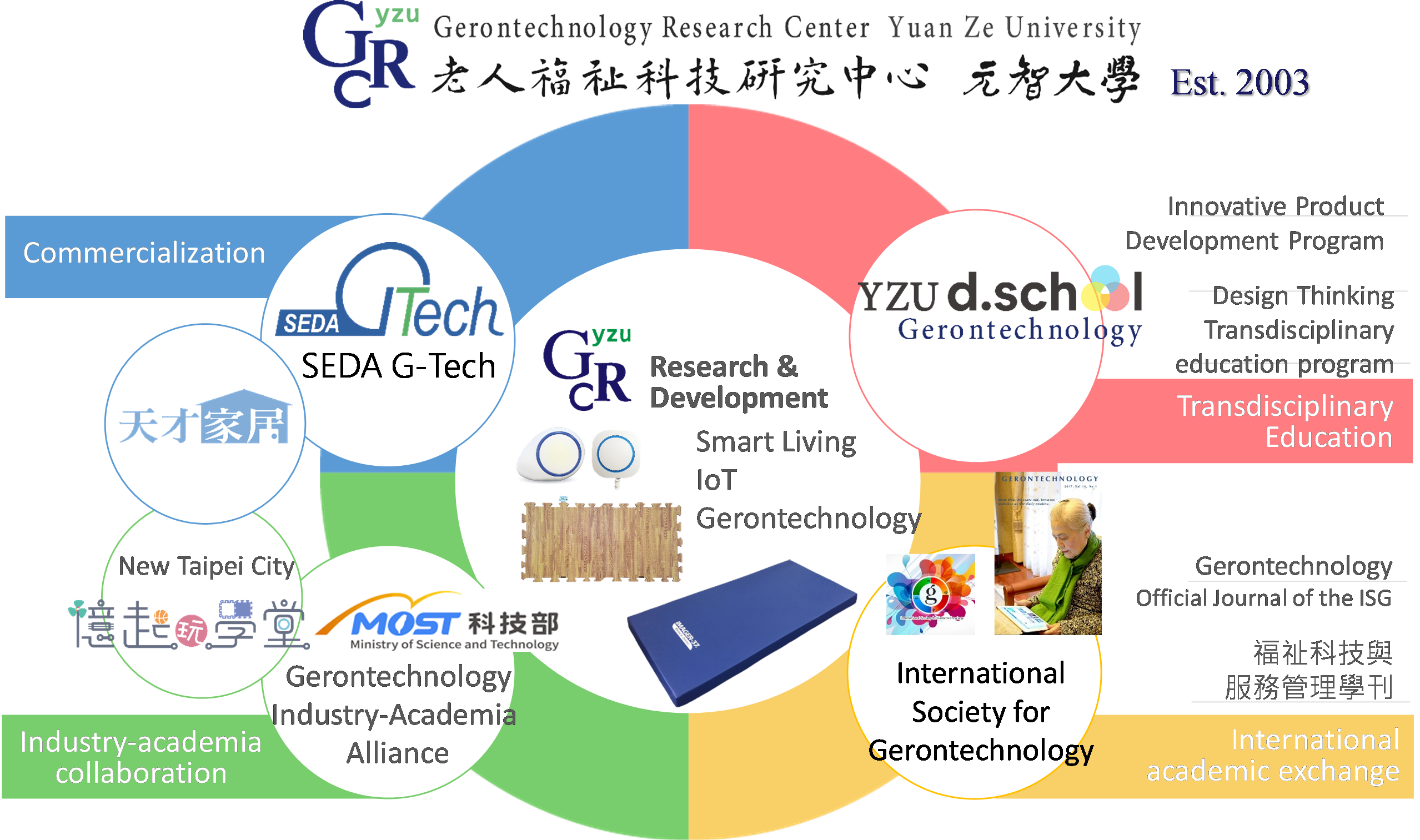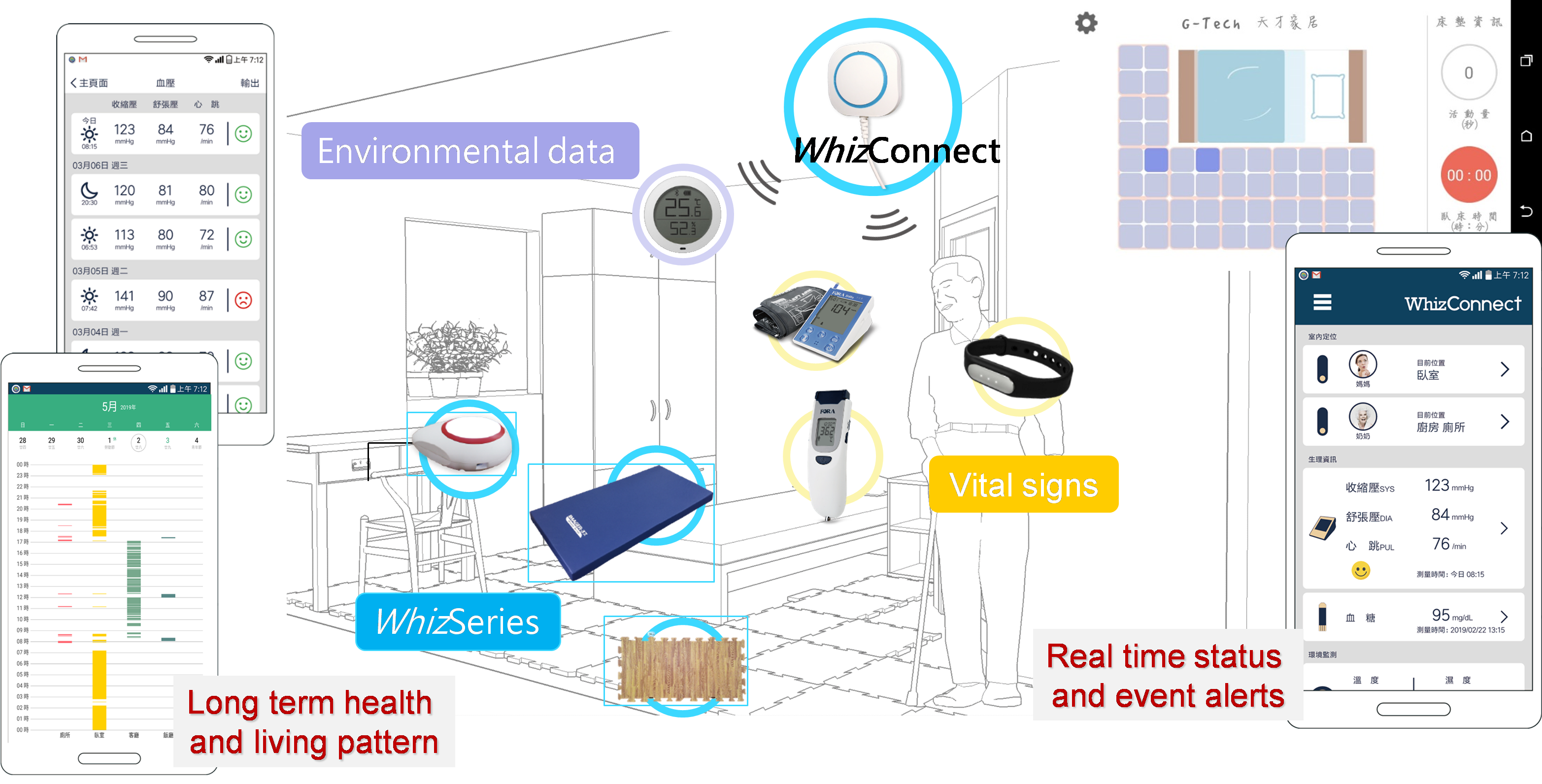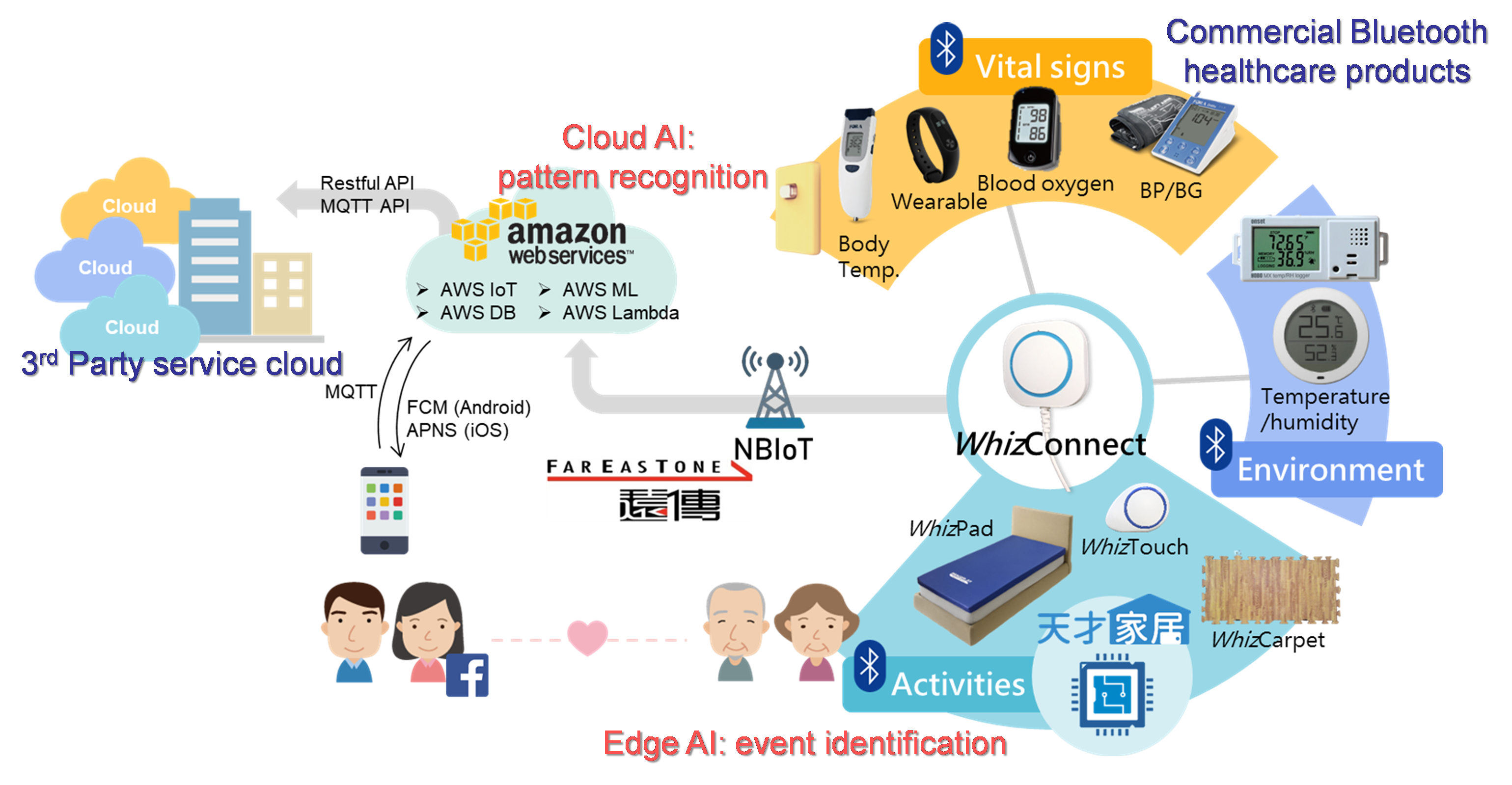From Hooke’s Microscope to Modern Optics - Advanced Optical Microscopes in Microfluidic-based Bio-chip Applications

Author(s)
Yeh-Liang HsuBiography
Professor Yeh-Liang Hsu received his PhD degree in mechanical engineering from Stanford University in 1992. He then became a professor at Yuan Ze University, Taiwan, where he has held many important positions including Secretary General and Dean of Academic Affairs. Professor Hsu directed his research interest in design to the field of gerontechnology, and established the Gerontechnology Research Center in 2003. He has chaired the 9th World Conference of Gerontechnology in 2014, and is concurrently Editor-in-Chief for “Gerontechnology,” the official journal of the International Society for Gerontechnology.
Academy/University/Organization
Yuan Ze UniversityEdited by
Yeh-Liang Hsu-
TAGS
-
Share this article
You are free to share this article under the Attribution 4.0 International license
- ENGINEERING & TECHNOLOGIES
- Text & Image
- August 21,2019
The Gerontechnology Research Center (GRC) of Yuan Ze University, established in January 2003, is a pioneering research center in the field of gerontechnology in Taiwan. GRC takes a design approach to gerontechnology, and has been designing technologies and products to provide practical solutions to the various problems of the aging society. Partnering with a bedding company, Seda Chemical Products, Seda G-Tech Co., Ltd was founded in April, 2016. Research prototypes developed by GRC are converted into WhizSeries smart living / IoT products, such as WhizPad (motion sensing bed mattress), WhizCarpet (motion sensing carpet), WhizTouch (IoT light and call button), and WhizConnect (IoT hub for BLE devices). The whole design process extending from creativity and prototypes in the university to actual products and sales represents the mission of GRC: to carry out a successful industrial and educational experiment in gerontechnology.

Figure 1. The functions of the Greontechnology Research Center, Yuan Ze University, Taiwan
1. Gerontechnology is about designing for people
Facing widespread population aging, it is only natural to consider applying technologies to provide positive solutions for maximizing the efficiency and effectiveness of manpower and resources for the care of older adults. “Gerontechnology” is actually about designing for people, as defined by the International Society for Gerontechnology (ISG), “Gerontechnology: designing technology and environment for independent living and social participation of older persons in good health, comfort and safety.”
People are highly diverse; therefore Gerontechnology product/service design requires a broader view than technology alone. Understanding the users, the changes in physical and psychological conditions, the interaction with the environment and society, as well as understanding cultural and social differences, are all important design tasks. The scope of gerontechnology, health, housing, mobility, communication, leisure and work, is also based on the needs of older adults in daily living, rather than technology fields.
Gerontechnology research is only valuable if the research can be turned into real products for daily applications. After decades of development, there are many research projects and products aimed at helping older adults and their caregivers with technologies, such as home telehealth systems, wearable devices, home robots, smart living systems, etc. However, few of these technological products have been widely adopted for the care of older adults. There is a huge barrier to overcome, and the key problems to be solved are often design rather than technology issues.
2. The Gerontechnology Research Center of Yuan Ze University
The Gerontechnology Research Center (GRC) of Yuan Ze University (YZU), Taiwan, was established in 2003, and is the pioneering research institute in this field in Taiwan. As shown in Figure 1, the core of research for GRC is “Smart living, Internet of things, Gerontechnology.” GRC has developed an education program “YZU d.school of Gerontechnology”, including an 18-hour, 1 credit design workshop, a 12-credit undergraduate program, and a 2-year master’s degree program. The aim of this transdisciplinary program is to provide students with transdisciplinary learning and real-world problems and experience. GRC is also in charge of editing two journals, Gerontechnology, the official journal of the ISG, and the Journal of Gerontechnology and Service Management published in Chinese to provide a platform to publish research in this field.
GRC is also active in industry-academia collaboration. However, it was Seda G-Tech Co. Ltd., a start-up company spinoff from GRC in 2016, which strove to make better products, that completely shifted the mindset of gerontechnology development from a technologist to a designer mentality. In design thinking, empathy replaces technology as the core of the design process. Familiar artifacts at home, such as beds, carpet, chairs etc., are designed into IoT/AI products. Older adults need not change their living patterns and behaviors, or learn how to use the technologies, but simply live in them.

Figure 2. An AIoT senior care bedroom

Figure 3. IT structure of the NB-IoT-based senior care bedroom
STAY CONNECTED. SUBSCRIBE TO OUR NEWSLETTER.
Add your information below to receive daily updates.




